I am not concerned about what is fiction and what is reality. In the end it doesn’t matter to have an interesting answer. You take something very personal, private, turn it into something else, a fiction, and simply follow this process, which takes you where it takes you…
It was my first time at Fondazione Sandretto Re Rebaudengo, but not my first time at a solo exhibition by Victor Man (b. 1974, Cluj, Romania).
Eyelids, Towards Evening, curated by Eugenio Re Rebaudengo, is an exhibition that brings together twenty works created by Victor Man over the last ten years and offers, for the first time, an exclusive focus on the genres of the portrait and the self-portrait – genres that have taken on profound relevance over time within his painting practice.
Together with images of the artist himself, these paintings include portraits of people who came into his life: in this way, an inner, autobiographical narrative is composed that manifests an essential feature of Man’s work.
His painting is characterized by a recurring focus on the foreground portrait and a non-realistic use of color, with dark, cold tones, reminiscent of the images reflected by the ‘Claude’s mirror’ (or black mirror), an ancient tool used by landscape painters in the 18th century. Immersed in this crepuscular light, the portrayed figures are caught in absorbed and contemplative attitudes, or in moments of abandonment and affectionate closeness: they seem to inhabit a contemporary time and space but, in the process, seem to withdraw from it.
The exhibition is divided into two rooms, but already in the first one a coexistence of familiarity and distance is strongly perceived, a space in which real and individual features are immersed in the penumbra of indefinable moods and psychological conditions. Eyelids, Towards Evening evokes not only the passage from day to night, but also a threshold, a space of metamorphosis: the passage between sleep and wakefulness in which the forms of everyday existence gradually transform into symbolic and dreamlike semblances.
The titles of the works also have a strong descriptive-symbolic value. They, in fact, announce, without ever fully revealing the subject of his compositions, which always remains enigmatic.
At the beginning of his artistic career, Victor Man’s painting was developed from the elaboration of photographic images taken from reality – from which the informational and narrative content was removed – only later did the artist focus on the invention and development of an autonomous iconography, within which frequent literary references merge with his own biography. Literature and art history, collective memory and personal experience are the elements with which the artist weaves a tale that does not follow a defined time line, within which the distinctions between present and past, fiction, imagination and reality are abolished.
In Self Portrait With The Yellow Shadow of Christ (2018-19), which refers to the famous work-manifesto – Self-Portrait with the Yellow Christ (1890 or 1891) by Paul Gauguin –
Gauguin is placed in the foreground between two of his most emblematic works: The Yellow Christ (1889), which takes on the features of the artist and presents itself at the same time as both victim and redeemer; and the Vase in the form of a grotesque mask (1889) which becomes a symbol of sublimated and purifying suffering. This work shows itself as a declaration by the artist of a total coincidence between art and life, as a manifesto of the artist’s suffering and struggle for the affirmation of his own artistic vision.
Man, on the other hand, portrays himself behind the yellow shadow of Christ, as if embracing it, as if the most intimate matter of art is individual existence together with its poetic transfiguration.
Certain stages of human existence and the repertoire of affections is contemplated in its entirety. We find the experience of birth and parenthood in R with Turtle (2018) and in Rózsa Victoria (2019-20). The first work portrays the artist’s newborn daughter, the delicately stained surface of the painting vibrates with jade greens and white textures. While the turtle in front of the swaddled infant lies on her back, the child holds a ring, evoking the gifts of the Christ child.
In the second work, the daughter is a few years older, sitting on an armchair while sucking her finger: it is a natural and spontaneous gesture, a way of getting to know the world. Behind, hanging on the wall, a painting can be seen, and it is the self-portrait with the yellow shadow of Christ mentioned above. The colors here are again cubic, intense, dense and heavy.
There are numerous female figures from the 2022 series From Wounds and Starry Dreams. The painting Eyelids, Towards Evening, which gives the exhibition its name, depicts a sleeping woman resting her head against a pillow; Girl with Laughing Cat portrays a moment of relaxation and play in which the relationship between person and pet is explored. Untitled, stages a modest portrait of a young woman, depicted standing with her eyelids half-closed. Some visitors found it frightened; I found it intriguing.
Very important is the detachment from the parental figure present in Father (2017), passing through the survival of the memory of the deceased in the soul of those left behind in Self-Portrait at Father’s Death (2016). That the presence of death is a natural dimension of human existence – a dimension that is as organic as it is spiritual and that modern sensibility tends to censor and exile – is one of the aspects that gives these paintings the quality of elegies, if we consider them as lyrical compositions inspired by personal events and with the tone of melancholic celebration.
Victor Man recovers, within his pictorial language, the quality of this poetic genre and thus explores the contemporary possibilities of a mystical vision of things and human happenings, where with the term ‘mystical’ we contemplate the possibility that there exists a glimmer, in the mundane, of something that is not mundane.
Alessandro Rabottini writes: “What coexist in Victor Man’s art are not only the different dimensions of time and forms of feeling but also, and above all, the dimensions of human existence, which contemplates eroticism alongside spirituality, affection alongside its renunciation, similarity alongside mystery and extraneousness.”
The lunar darkness that dominates the works in the exhibition only emphasizes the ambiguous and timeless dimension of Victor Man’s painting, which has made elusiveness the key to interpreting his work, always poised between archetypes of the past and fragments of the present, and placed in a suspended, almost magical space in time. The artist invites us to slip into a subtle play of details, allusions, itineraries, trajectories, spells. Which his exhibitions can reveal, or make even more impenetrable.
The exhibition can be visited until February 26, 2023, more information on Fondazione Sandretto Re Rebaudengo.
Melania Andronic
POSTED BY
Melania Andronic
Melania Andronic is an art historian, researcher and independent curator. She currently lives and works between Milan, Rome and Venice. Form 2021 to 2022 she was a research scholar at Venice Biennale�...
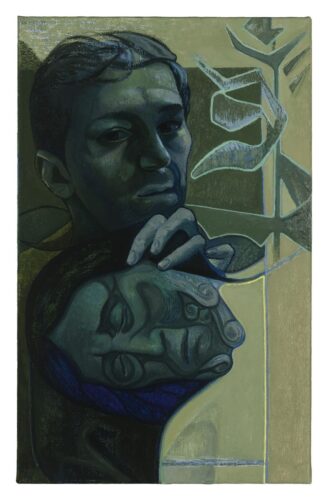
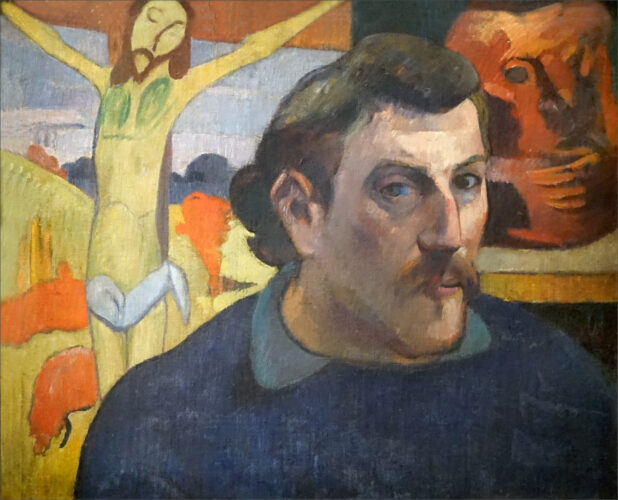
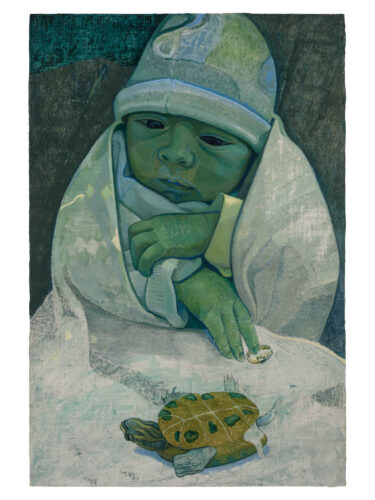
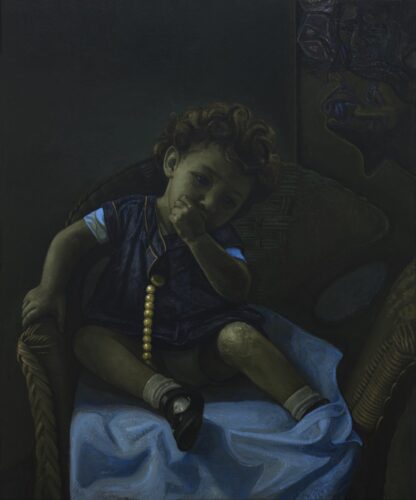
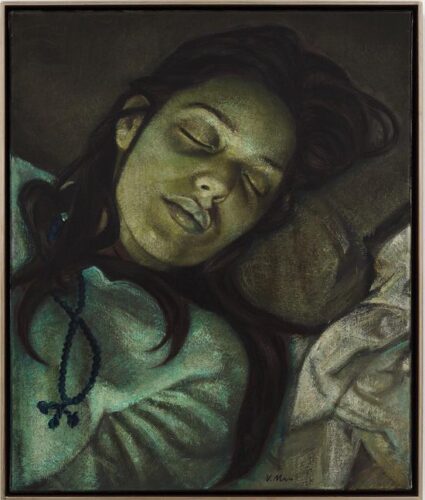
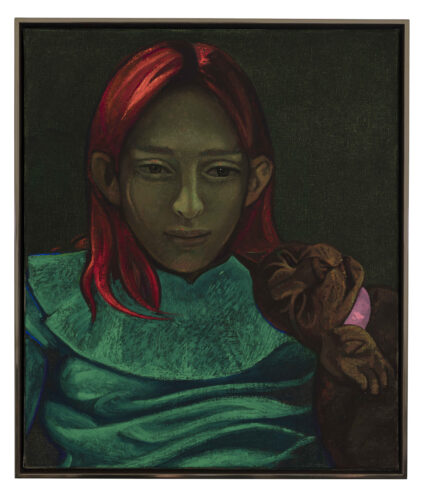
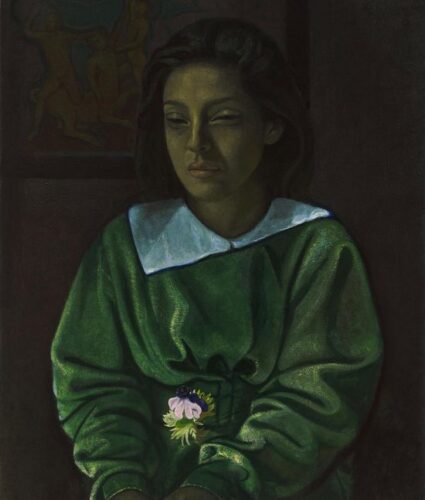
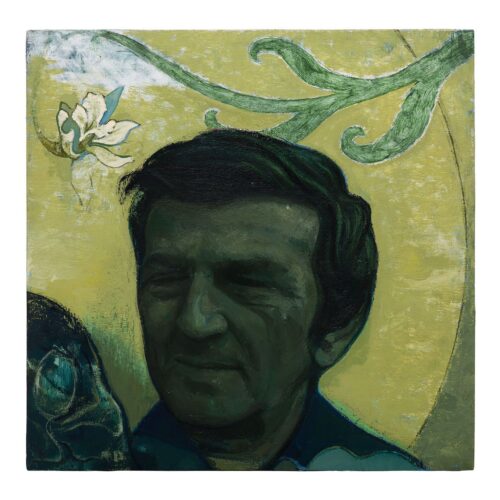
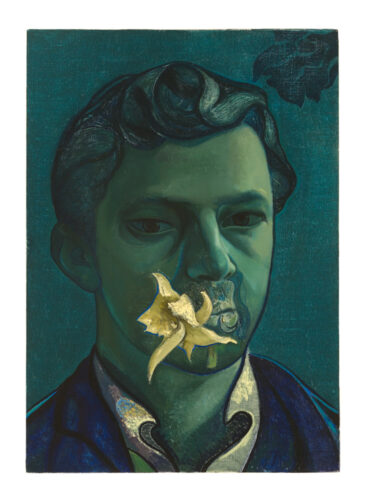
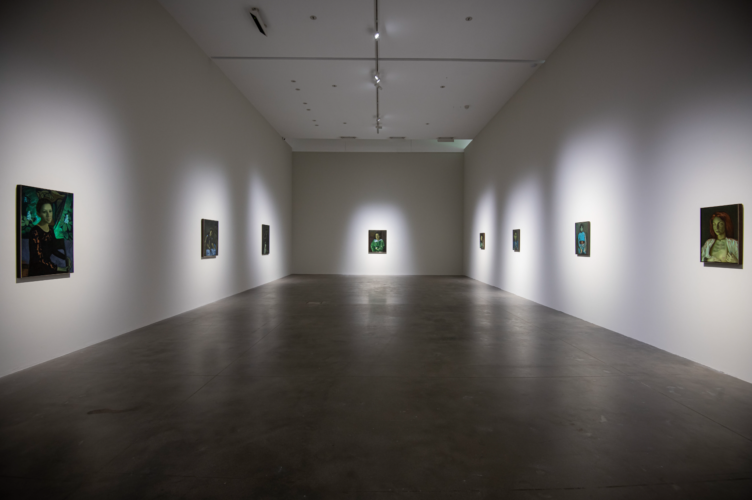
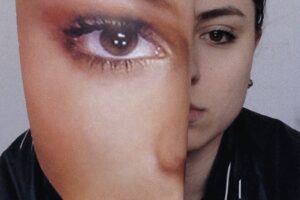
Comments are closed here.